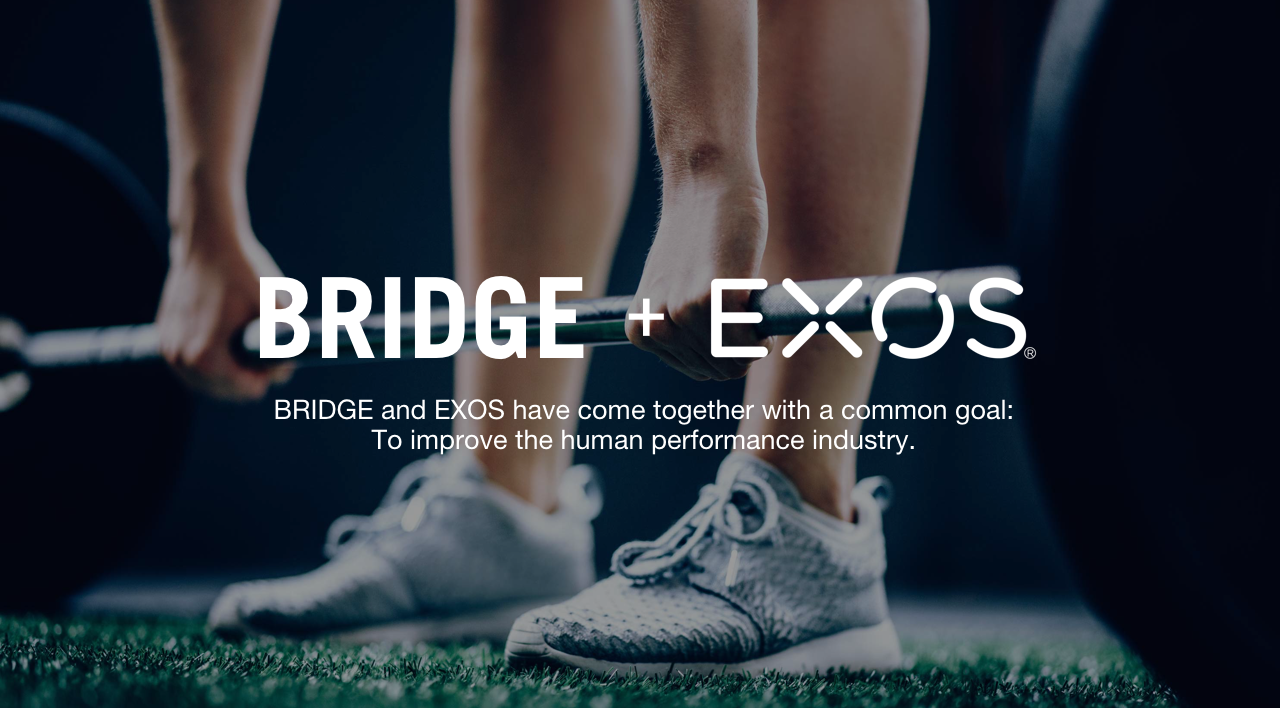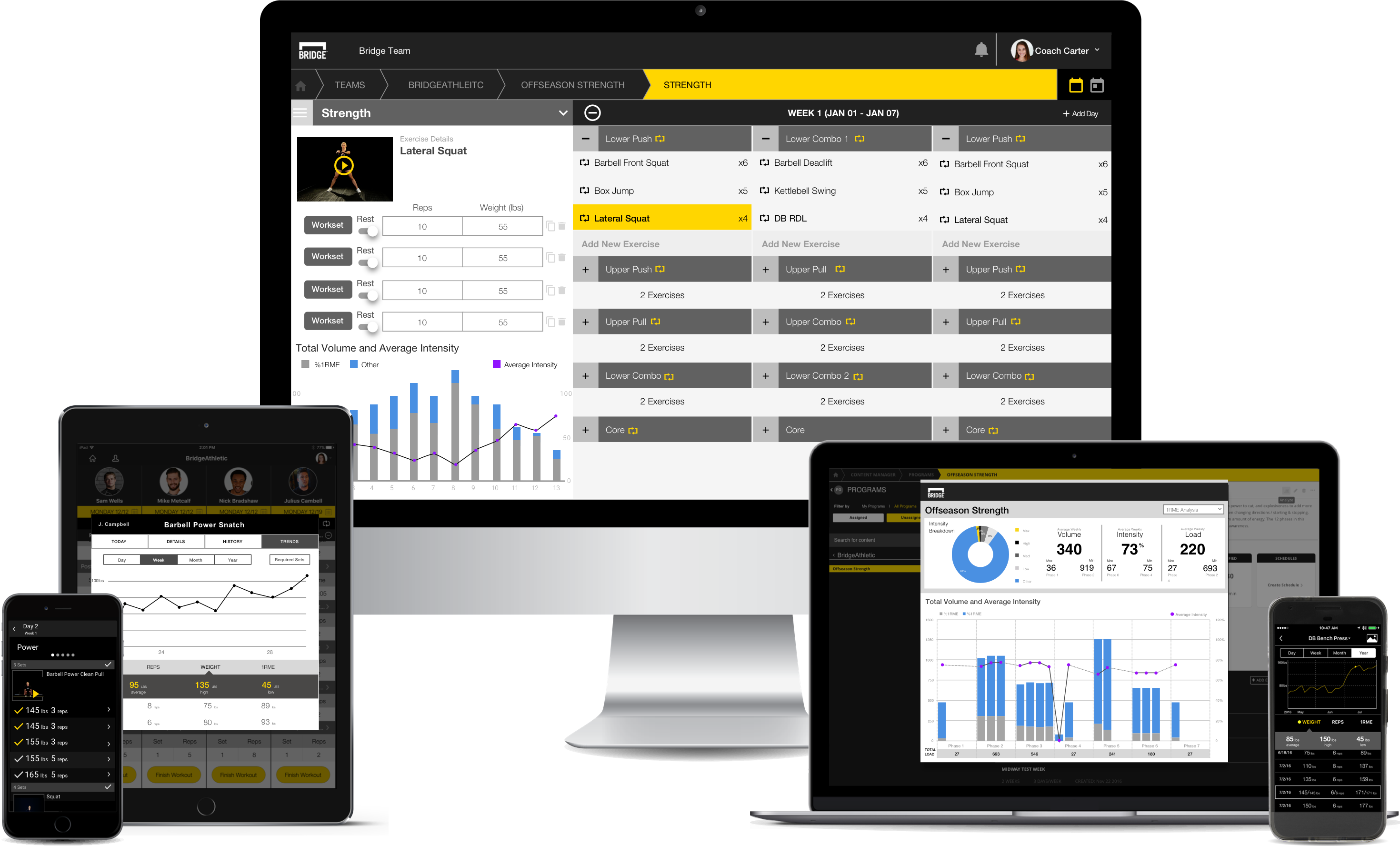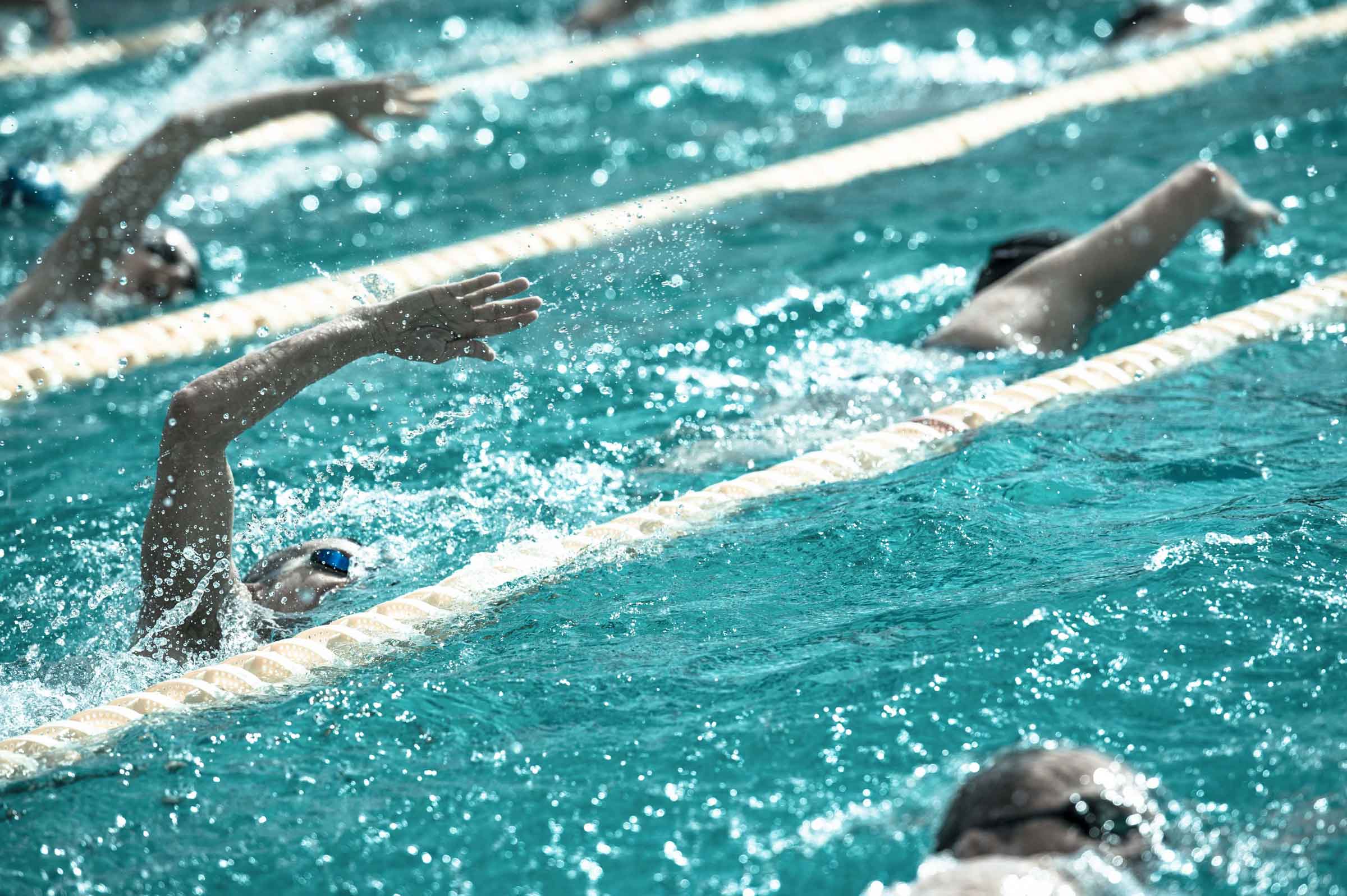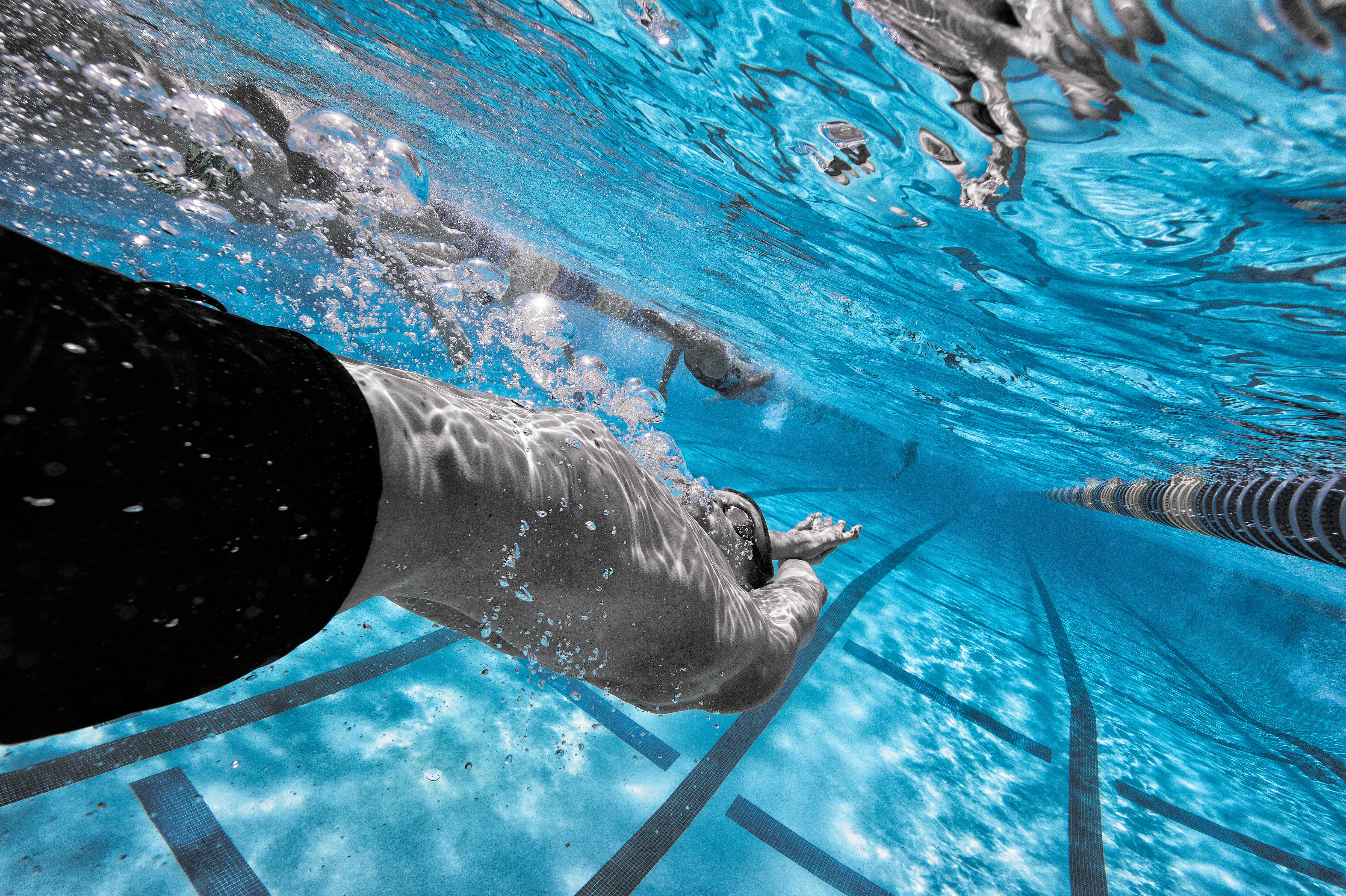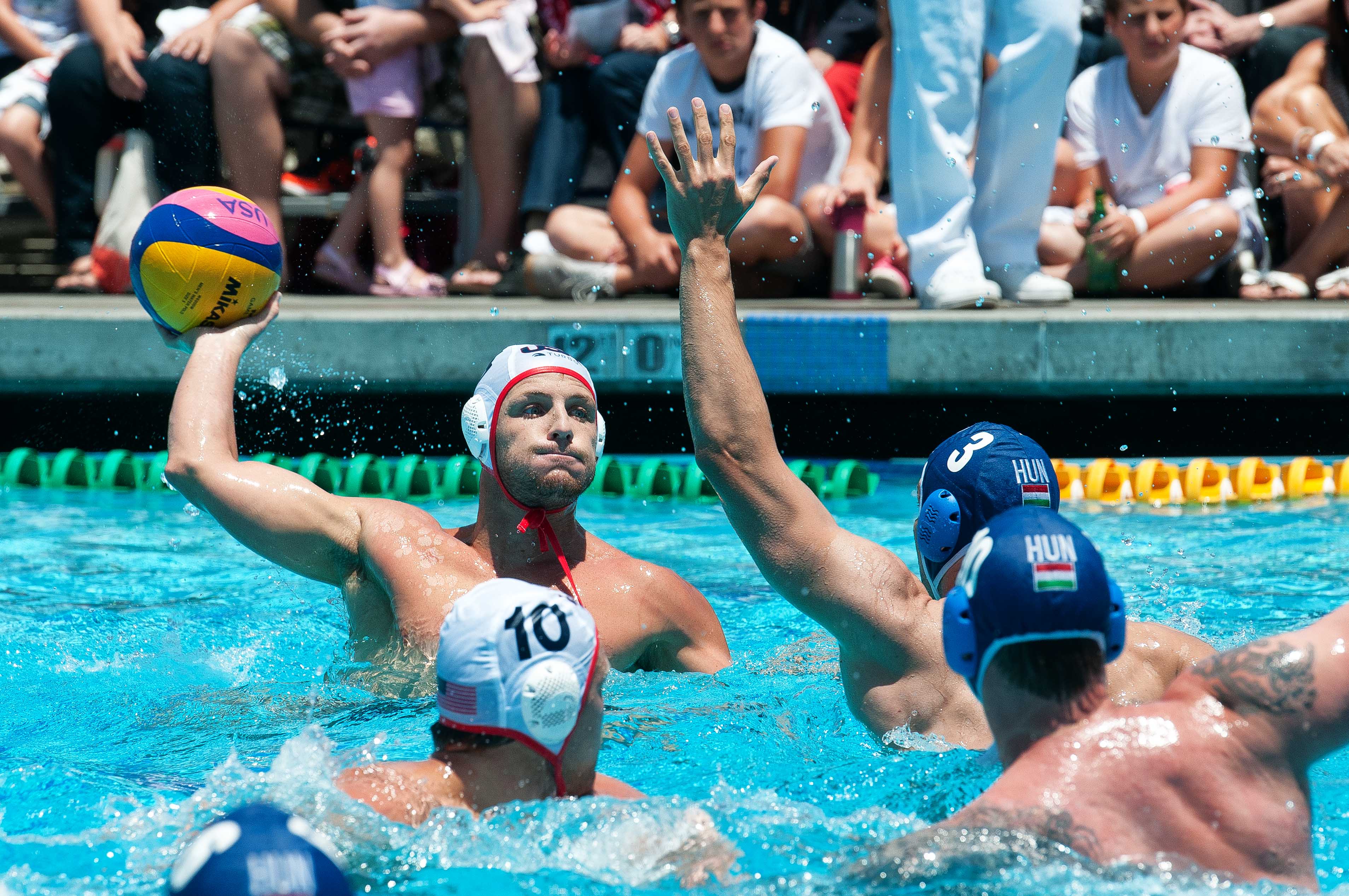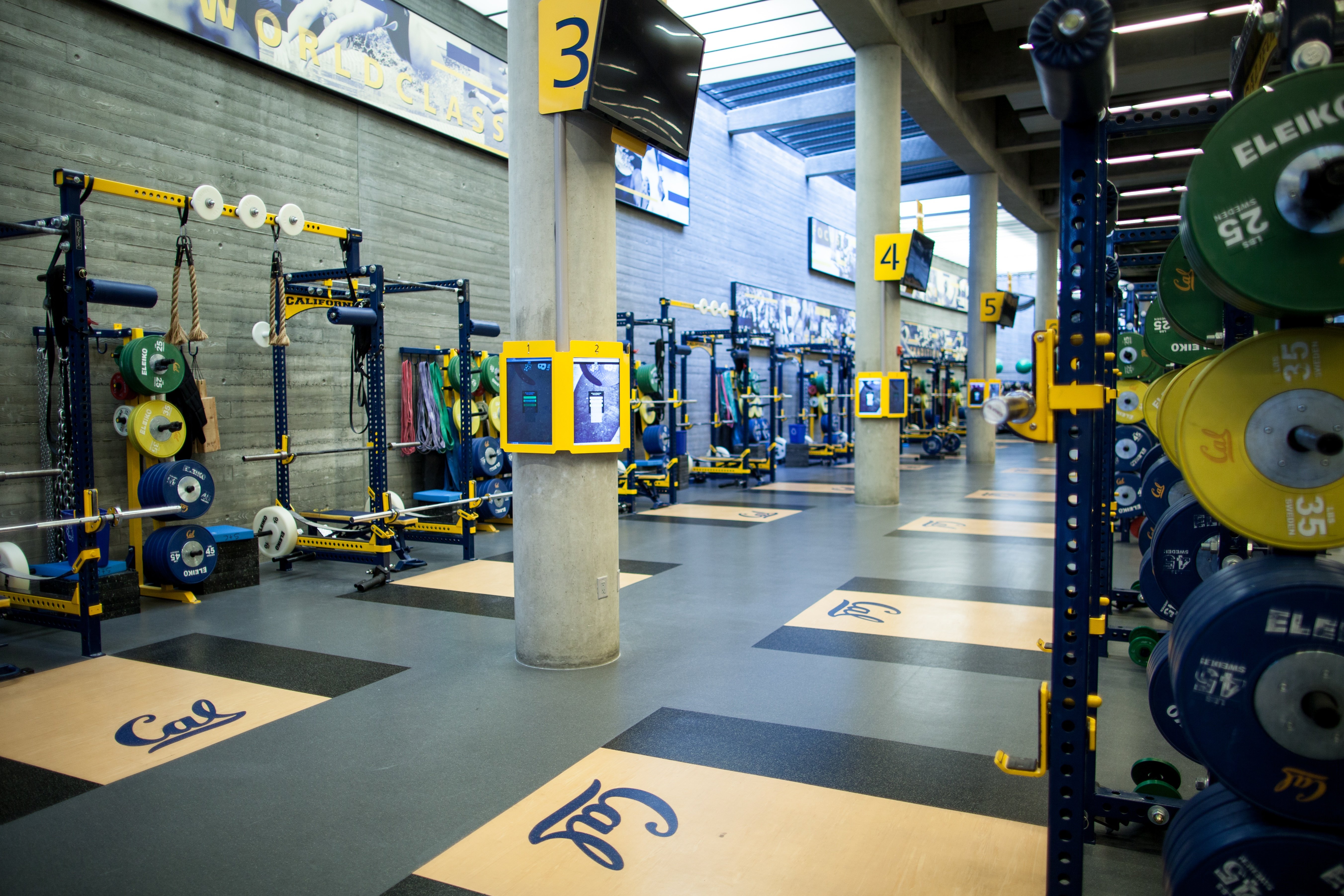BridgeAthletic
Recent Posts
BridgeAthletic brings EXOS methodology and workouts to its digital platform
By BridgeAthletic on November 28, 2017
The BridgeAthletic training platform offers pre-built training blocks and a comprehensive movement library created by EXOS, all in an easy-to-use format.
Read MoreCoach Jordan Webb Gets a Head Start to His Season with BridgeAthletic
By BridgeAthletic on September 25, 2017
Every day we hear championship stories about how BridgeAthletic's strength training software is helping coaches and athletes achieve their goals and overcome obstacles. By making coaches more efficient, the department more connected, and athletes' development more accessible, the BridgeAthletic strength training software takes athletic programs to the next level. These stories motivate us to build better athletes in all sports around the world. Featured in this #BridgeBuilt Series is Jordan Webb, the University of Notre Dame’s Associate Strength and Conditioning Coach and Head of Sports Science, who talks about the success his team of coaches and athletes has using BridgeAthletic’s platform.
Read More
A strong core is a requirement for swimmers looking to increase speed and improve technique. In order for swimmers to minimize drag resistance through the water, the core plays a very important role in keeping the body in a stable streamlined position. Further, core muscles that are not well conditioned can lead to technical flaws and stroke inefficiencies, which could make or break a chance at the podium.
Read MoreThe omnipresent thought of a season ending shoulder injury can create hesitation and prevent water polo players from reaching their maximum potential. In general, water polo players are at a higher risk for a rotator cuff injury due to the nature of the sport’s throwing techniques and shoulder patterns. Unlike most sports that involve throwing, water polo players aren’t able to use their legs for support during the action so more strain is placed on their shoulder muscles in order to complete the repetitive motion. Water polo players can reduce their risk of shoulder injuries through prevention programs and exercises, which aim to strengthen surrounding muscles and increase overall stability, flexibility, and mobility.
Read MoreThe transition to college athletics can be an exciting, yet daunting time for first-year student-athletes. Playing sports at the collegiate level requires another degree of challenge and dedication to the sport. In order for first-year athletes to be successful at this level, it is essential for them to understand the expectations they must uphold from their school, professors, and sport coaches. Players should use the collegiate level as an opportunity to craft their skills and take their game to the next level, while balancing the many other aspects that come with college life.
Read More
